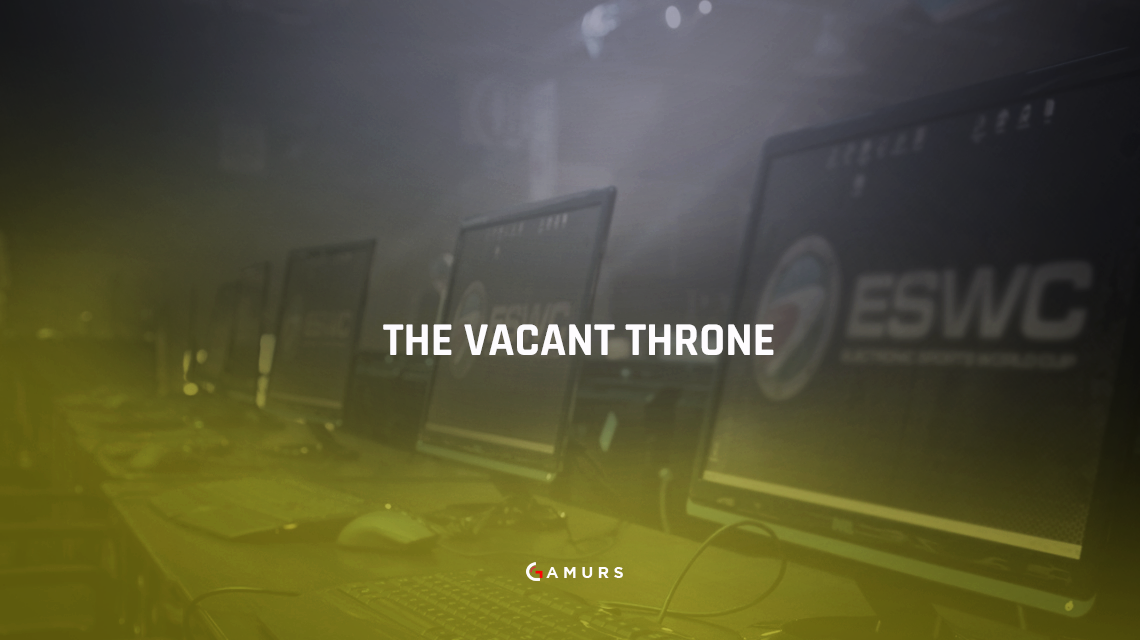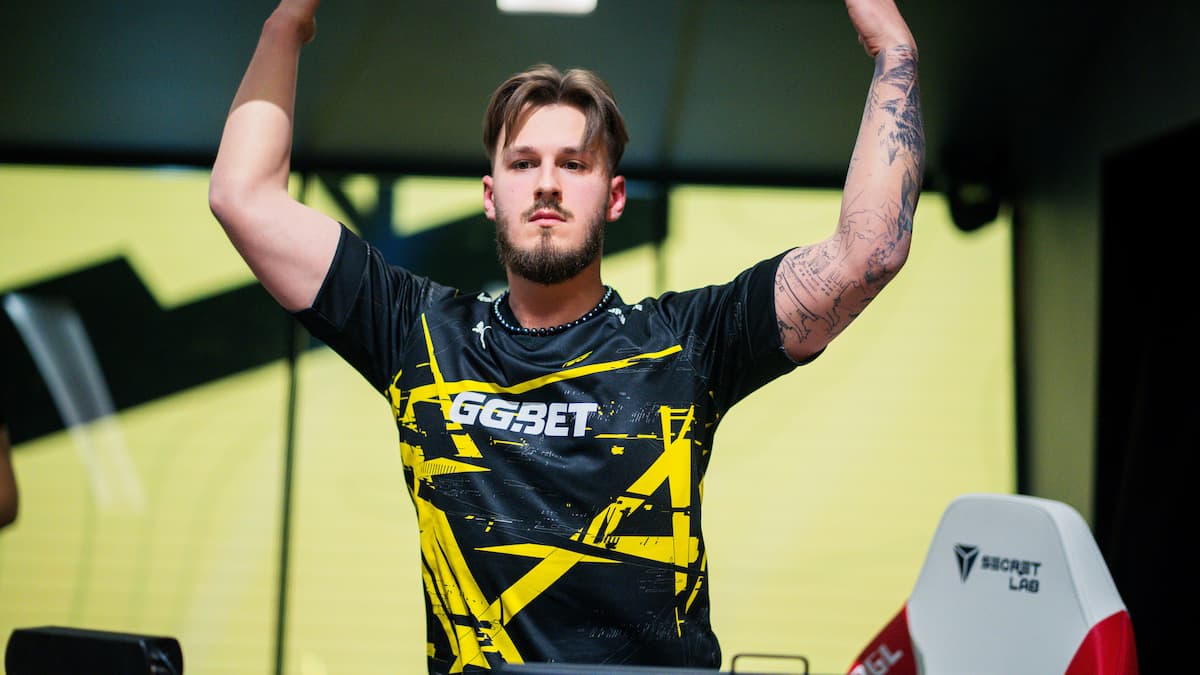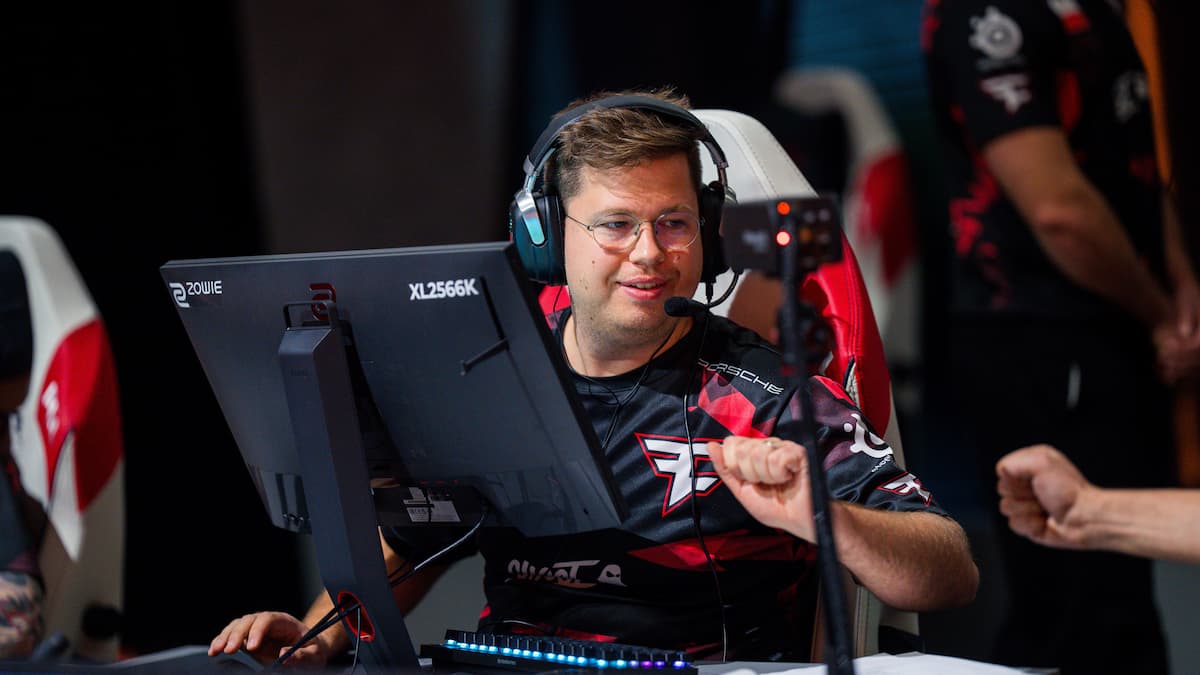Two of the top-six best teams in the world attended DreamHack Winter, and neither of them made it out of the group stage. Both Renegades and Gambit, the tournament’s two finalists, were not considered top-10 teams in the world or close to it, yet they surpassed far better competition. Gambit’s best performing player and the tournament MVP, Abay “HObbit” Khasenov, had never played at a premier level LAN before. It was another week in the Uncertainty Era. After, SK/Luminosity won both Valve majors this year and two tournaments in-between, the ESL Pro League Season 3 Finals and the Americas only DreamHack Austin, pundits and the populace at large began to call the post-MLG Columbus period of play, the “SK Era.” However, since the player break in August, no titular figurehead has emerged. Even when SK finally reclaimed their mantle at the beginning of October, following Fernando “fer” Alvarenga’s departure due to a medical issue, they failed to reassert themselves as the scene’s ruling force, finishing only top-four at ESL One New York. Almost two months ago, I argued that we could be entering the “Uncertainty Era” due to the SK’s absence, the wayward results of the two main usurping figures in Virtus.pro and Na’Vi and the appearance of strange results, such as when Ninjas in Pyamas became the first team in the history of CS:GO to win a high-level tournament with a stand-in. And since then, mirrored anomalies have continued to occur. Na’Vi has still waxed and waned since winning New York. They found a respectable top-four finish at EPICENTER, but failed to make it out of groups at ELEAGUE, and again at IEM Oakland. Dignitas, who has recently looked on par with the VPs, Na’Vis, and SKs of the world following their win at EPICENTER, has also been quite variable recently. After their big win, they found another strong result by finishing first in their ELEAGUE group, but they failed to make it out of groups at the ESL Pro League Finals a week after EPICENTER and dropped out of their DreamHack Winter group this past weekend. Additionally, Cloud9’s has looked much improved following the addition of Timothy “Autimatic” Ta, and just like NiP’s historic result at StarSeries, they found a historical result by becoming the first North American team to win a major tournament in any version of Counter-Strike going back over a decade. Yet, they failed to make it out of a mediocre ELEAGUE group just prior to their win at the ESL Pro League Finals and failed to advance to the bracket stage again at both IEM Oakland and DreamHack Winter. There also was some fearful symmetry in November, as the world leading team again took an extended absence from the competitive scene. Virtus.pro became the world’s consensus number one team in SK’s absence, but had the scene’s best results by far once after their return. They won ELEAGUE Season 1 and DreamHack Bucharest, in addition to second place finishes at ESL One New York and EPICENTER. Nevertheless, after Virtus.pro began to look the best candiate to name the new era, they too took nearly a month-long LAN abdication, backing out of both the ESL Pro League Finals and IEM Oakland. Beyond these two key absences, numerous compelling reasons for why these last few months have lacked a dominant team or even an established identifiable hierarchy, have been covered in Thorin’s article, “The Thorin Treatment: Explaining the Parity Era.” But three key dynamics could determine the ultimate end of this nebulous period.
1. The SK-VP Rivalry
At the start of the year, SK/Luminosity and Virtus.pro were accruing opposing reputations. Virtus.pro looked to be on the brink of a breakup due to a series of horrendous results online, which blocked them from attending many LANs. At the same time, Luminosity, alongside Na’Vi, was fighting to become the clear-cut second best team in the world behind Fnatic in the wake of the round timer change. But even after SK surpassed Fnatic and become the number one team, the two teams met on near-equal terms in exciting clashes again and again over the course of the year. They first faced off in a high stakes tournament at the first Valve major of the year, MLG Columbus, in the quarterfinals. Virtus.pro took map one on Cache in ultra-close fashion, winning 19-17 in overtime, before Luminosity roared back on Cobblestone and Overpass to take the series. While Liquid was close, Virtus.pro was the only team at the tournament to take a map off of the soon-to-be world champions. The two teams met again in the semifinals of the next Valve major, ESL One Cologne. Again the series started with a 19-17 victory, this time on Cobblestone. However, this time, Virtus.pro’s opening win didn’t come on their own map pick; Cobble was SK’s choice. VP instead selected the still heavily underplayed Nuke in an apparent gamble— with disastrous results. SK took the map 16-5 after a dominating 12-round CT-side. Mirage was randomly selected as the remaining map and was far more competitive, but SK again took the series with a 16-12 win. But you have to wonder what would have happened if the randomizer landed on Dust2 or Train, or if Virtus.pro made a better first rotation pick. Could VP have put a hole in the SK era even earlier? Either way, the rivalry decidedly flipped after the players break as Virtus.pro converted their Cologne weakness into their defining strength. They were one of a trio of teams that have seemingly tamed Nuke in recent months. SK and VP met again in the semifinals of ESL One New York, but after yet another ultra close overtime game one, which this time went to SK, Vitrus.pro easily won on Nuke in addition to a triple overtime game on Overpass to take the series by the skin of their teeth. With Virtus.pro now the number one team in the world, a very similar story played out when the two teams met again during the EPICENTER semifinals. After an embarrassing 16-1 loss on Train, VP again took Nuke and then won on Cobblestone to win the series. Virtus.pro also won both games in the group stage best-of-two on two other shared maps, Mirage and Cobblestone, further cementing their advantage in the rivalry. Neither team has played against one another recently, but the two teams seemed to have flipped roles once again. Virtus.pro has gone on a month-long tournament absence, while SK has made the key change in their map pool that could turn around the head-to-head matchup. Not only has SK further established a stronghold on Train, looking nearly unbeatable on that map, but they have also begun to play Cache again, switching their permaban into the defining advantage of VP: Nuke. While neither team has been a consistent tournament winner in each other’s absences, it still seems likely that the leading party coming out of this binary has the best chance to define the era moving into 2017.
2. Duke Dignitas
Dignitas only looked like a decent team prior to the late summer player break, but a slew of impressive results since September have made them the clear alternative to take over the scene behind SK and Virtus.pro. After failing to advance through the group stage at the last Valve major, thanks to a painful loss to their Danish rival Astralis playing with two stand-ins, Dignitas dropped Jesper “tenzki” Mikalsk to add Emil “Magiskb0Y” Reif, the inconsistent star player of the Danish ex-SK lineup. The new lineup looked unimpressive at first, blush in the Danish-only PowerLan losing to the newly formed Heroic in the finals, but Dignitas’s rise was rather linear in the weeks thereafter. At back-to-back tournaments, StarLadder i-League StarSeries Season 2 and DreamHack Bucharest 2016, they found top-four finishes by winning consistently over tier-two teams, such as Heroic, FlipSid3, GODSENT and FaZe. Then, Dignitas ascended even further, winning three straight LANs: the World Electronic Sports Games 2016 European Finals, the League of Sharks CS:GO Championship, and EPICENTER 2016. While WESG and League of Sharks especially weren’t high level international LANs by any means, Dignitas’s win at EPICENTER’s $500,000 tournament was very impressive, with Dignitas perhaps having the best single tournament performance of any team since the end of the SK era. At EPICENTER, Dignitas squirmed out of the group stage on tiebreaks following six straight split series in a difficult Group A. Then, Dignitas blew past exterior expectations by defeating Fnatic, Na’Vi, and Virtus.pro in consecutive 2-1 best-of-three series to win the tournament. While they didn’t get the chance to play SK in addition to the world leading Virtus.pro, Na’Vi was then still fresh off of their ESL New York win and they were considered by many to be the second best team in the world at that time. Dignitas has a resilient map pool with go-to picks like Cobblestone and Nuke, but their on-paper player power has suddenly become one of the absolute best in the world, actually reminiscent of the 2015 Dignitas/TSM team that would go on to become Astralis. Dignitas’s more passive rifle, Magiskboy, has put up remarkable, near world-leading, performances against some of the strongest teams in the world on a far more consistent basis since joining Dignitas, apparently benefiting from Mathias “MSL” Lauridsen’s system. Likewise, the team’s more aggressive high-skilled player and second star, Kristian “k0nfig” Wienecke, seems to have improved in their fall lineup, having more high impact maps next to the more stable star. Add in a good support player in Ruben “RUBINO” Villarroel Brødreskift and the occasional over-performer, René “cajunb” Borg, and suddenly Dignitas has one of the most solid foundations in the current competitive Counter-Strike landscape. While MSL, the team’s in-game leader, has been frequently criticized in the past for not having enough individual impact, the presence of a competent in-game leader, even an individually underperforming one, has become more and more of an boon in the post-Valve coaching rule changes landscape, However, since EPICENTER, Dignitas has been oscillating. They failed to make it out of groups at ESL Pro League Finals, before they topped Group D at ELEAGUE, and then again failing to make it out of groups at a not-so-stacked DreamHack Winter. Dignitas hasn’t shown any big tournament consistency, yet they still seem like they have the pieces to contest the best team in the world or even take center stage for themselves.
3. The New Ninjas
At IEM Oakland, NiP stole away a second straight 16-14 win over SK Gaming to earn the championship honors. But in addition to defeating the former world-leading team in ESL’s $300,000 tournament, NiP shattered a five-month old statistic: since G2’s win at the ECS Season 1 finals, no team had won multiple $250,000+ tournaments even with seven such tournaments being held over that span of time. NiP’s win at Oakland was their second $250,000+ win as they also took StarLadder i-League StarSeries Season 2 outright in September. These two wins might give off the misleading impression that NiP is reascending to the very top of the scene, or worse, that the uncertainty in the scene is dwindling. When NiP won the StarSeries Season 2 Finals, they had already added Maikelele to the roster and they were given an easier run thanks to the upset prone group stage. Following the surprise win at StarSeries, NiP played two more events with Maikelele: EPICENTER 2016 and the ESL Pro League Season 4 Finals. At EPICENTER, NiP split best-of-twos with G2, Na’Vi, and Dignitas, but the tiebreaker system ended their tournament early. At ESL Pro League, NiP made it out of a hard Group B and even made it past the round of six by besting EnVyUs in a best-of-three, before being eliminated in the semifinals by SK gaming. While NiP, with Mikail “Maikelele” Bill, was a good team on the verge of becoming elite, they were never the best team in the world or close to it, and their second tournament win came with a significantly different team, as Jacob “pyth” Mourujärvi was added back into the lineup before the start of the IEM Oakland. The reformed NiP perhaps could become the era-defining team with their one-for-one track record thus far, but this single tournament datapoint is clearly not enough to substantiate that opinion and the near miraculous fashion in which NiP won Oakland over SK makes the suggestion even less reasonable. However, the presence of the new NiP, alongside other darkhorse contenders, such as Na’Vi or even Cloud9, could continue to keep Virtus.pro, SK, and Dignitas out of power. With another break coming with the winter holidays and the heavy shuffling rumored in North America, France, and elsewhere, it seems very possible that this prolonged contest for the crown may continue for quite a while longer.
Photo Credit: Tweaktown.com For compliments or complaints, you can find me on Twitter @WallabeeBeatle.






Published: Nov 28, 2016 04:30 pm